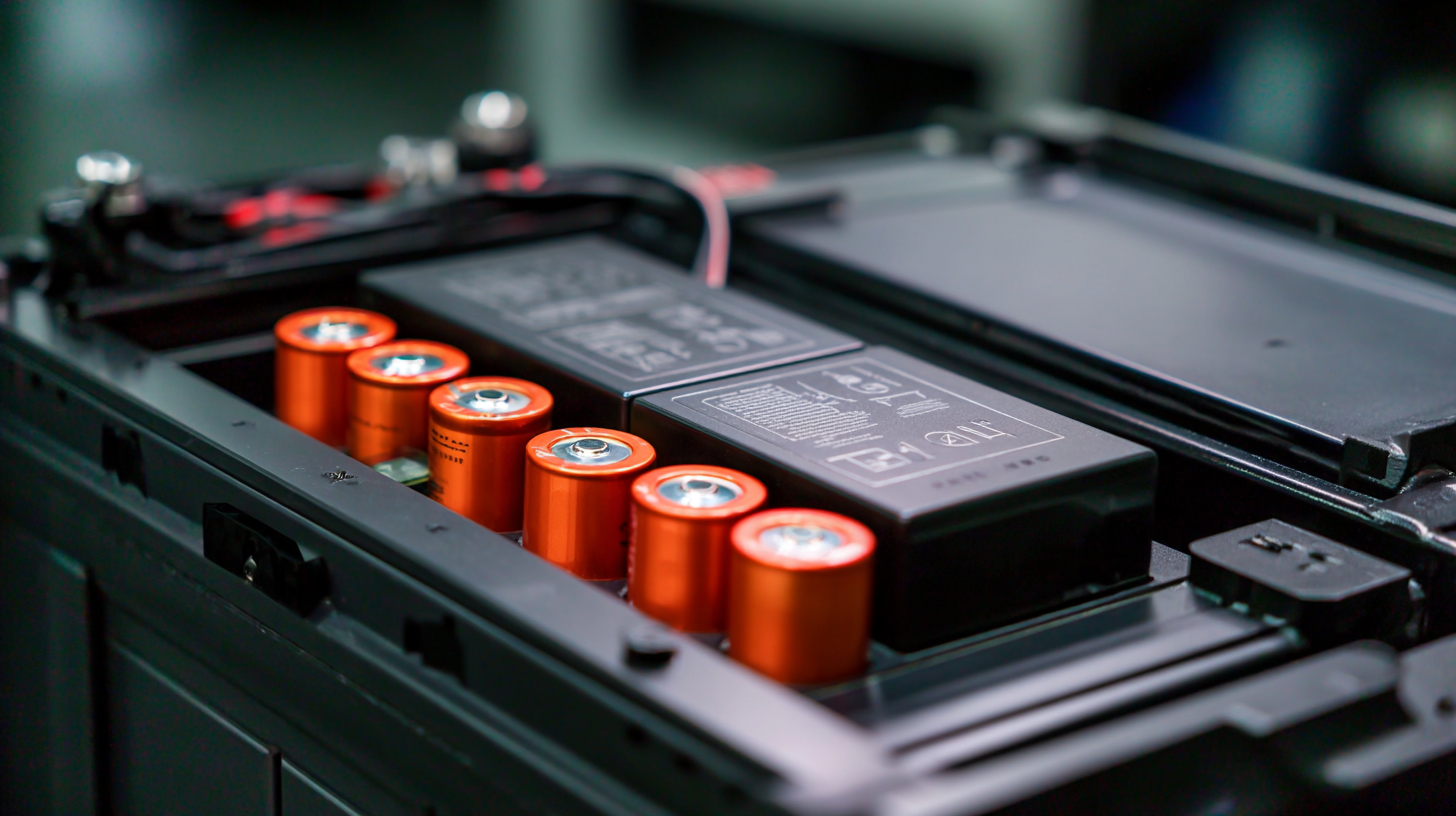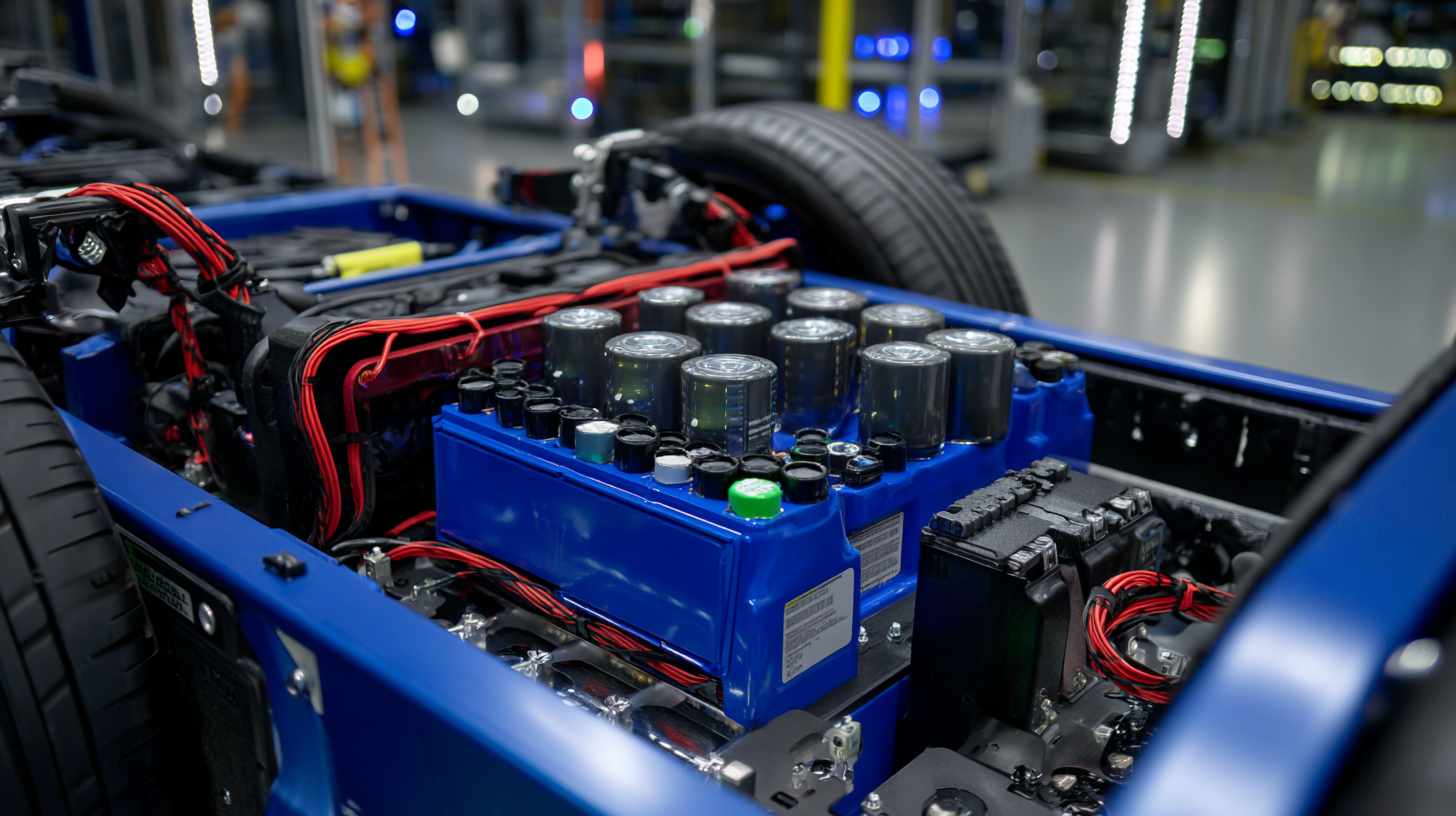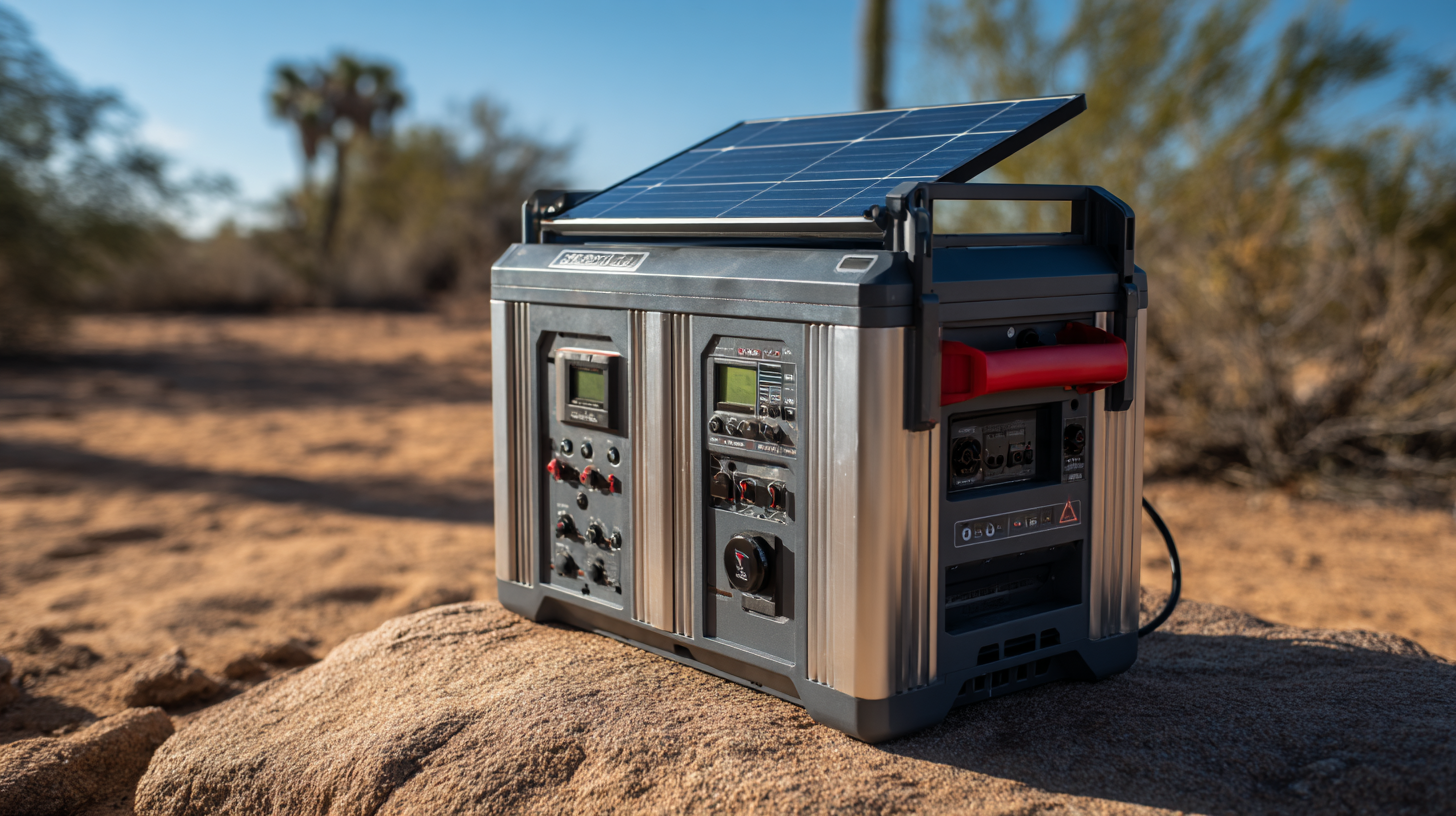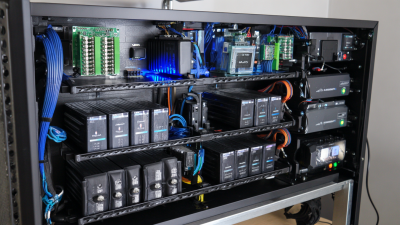
-
Home
-
Company
-
Products
-
News
-
FAQs
-
Blog
-
Contact
-
Phone
-
E-mail
-
Whatsapp
Leave Your Message

In an era where energy efficiency and sustainability are more important than ever, the integration of advanced battery technology has become crucial for both industrial and commercial applications. The 48v 160 A Lithium LFP (Lithium Iron Phosphate) battery offers a game-changing solution, delivering high performance with impressive longevity and safety. This technology stands out due to its ability to provide stable power output and rapid charging capabilities, making it ideal for various applications ranging from electric vehicles to renewable energy storage systems.

By understanding the fundamentals of 48v 160 A Lithium LFP battery technology, businesses can maximize efficiency, reduce operational costs, and contribute to a greener future. In this guide, we will explore effective strategies to harness the full potential of this innovative battery technology, enabling users to make informed decisions for optimizing their energy use.
Understanding the basics of 48v 160 A Lithium LFP (Lithium Iron Phosphate) battery technology is essential for anyone looking to maximize efficiency in their energy storage solutions. These batteries are renowned for their safety, thermal stability, and long cycle life, making them a preferred choice for various applications ranging from electric vehicles to renewable energy systems. The nominal voltage of 48V provides a balance between performance and energy output, while the 160 A rating allows for high discharge currents, suitable for demanding applications.

When working with 48v 160 A Lithium LFP batteries, here are some tips to enhance performance and longevity. First, ensure that you have a good Battery Management System (BMS) in place, as it plays a critical role in monitoring battery health and preventing overcharging or discharging. Additionally, maintain the batteries in a temperature-controlled environment to avoid overheating, which can significantly reduce their lifespan. Lastly, regular maintenance and balancing can help in prolonging the battery's life and maintaining optimum performance.
These batteries also allow for scalability in systems where energy demand fluctuates. By understanding their specifications and underlying technology, users can efficiently integrate these batteries into their energy solutions, ensuring a reliable and sustainable power source tailored to their needs.
Lithium LFP (Lithium Iron Phosphate) batteries offer significant advantages when it comes to maximizing efficiency in various applications, particularly in high-demand scenarios. One of the key benefits of using Lithium LFP technology lies in its superior thermal stability, which allows for a higher charge and discharge rate without compromising safety. This fundamental characteristic enables systems powered by 48v 160 A Lithium LFP batteries to deliver consistent performance, even under heavy loads, enhancing operational efficiency and reliability.
Another notable benefit of Lithium LFP batteries is their long cycle life compared to traditional lead-acid batteries. This longevity translates into reduced maintenance costs and less frequent replacements, resulting in lower total cost of ownership over time. Additionally, these batteries exhibit low self-discharge rates and faster charging capabilities, allowing for quicker turnaround times in energy-intensive applications. By harnessing these attributes, businesses and consumers can optimize performance and energy utilization while minimizing downtime, making Lithium LFP batteries an attractive choice for enhancing overall efficiency.
Implementing 48v 160 A Lithium LFP batteries in your energy system requires careful planning and execution to maximize efficiency. One effective strategy is to assess your energy requirements and ensure that the battery capacity aligns with the load demand. By accurately calculating peak and average consumption, you can optimize the battery size, enhancing performance and lifespan.
Another critical aspect is proper integration with existing systems. Utilizing advanced battery management systems (BMS) will allow for real-time monitoring and control of charging and discharging processes, which is essential for maintaining battery health. Additionally, incorporating regenerative energy sources, such as solar panels, can further improve efficiency, reducing reliance on grid power and promoting sustainability.
Finally, regular maintenance and performance assessments are essential to ensure optimal functioning of the battery system. Establishing a routine for checking connections, cleaning terminals, and updating software can prevent underperformance and extend the life of the batteries. Overall, these strategies can significantly enhance the effectiveness of 48v 160 A Lithium LFP battery technology in various applications.

To optimize the longevity and performance of a 48V 160A lithium LFP battery, regular maintenance practices must be established. One key aspect is monitoring the battery's state of charge (SoC) to prevent deep discharges, which can significantly shorten lifespan. Keeping the battery within a 20% to 80% charge range is ideal, as it minimizes stress on the cells. Additionally, employing a Battery Management System (BMS) can aid in balancing the charge among cells, reducing the risk of overcharging or over-discharging.
Temperature control is another critical factor. Lithium LFP batteries perform optimally at moderate temperatures; extreme heat or cold can lead to performance degradation. Implementing temperature regulation measures, such as insulation or climate control systems, can enhance operational efficiency. Furthermore, periodic visual inspections to check for any signs of damage or corrosion are essential. Any issues should be addressed promptly to prevent further complications, ensuring the battery operates at peak performance for its intended lifespan.
The integration of smart technology into lithium LFP battery systems, particularly with 48V and 160A configurations, is pivotal to maximizing efficiency in various applications, from electric vehicles to renewable energy storage. Enhanced monitoring and control systems allow real-time assessment of battery performance, enabling users to optimize charge cycles, manage energy distribution, and extend the overall lifecycle of the battery. Advanced algorithms can analyze data collected from the battery units, providing insights that inform maintenance needs and prevent potential failures.
As cities evolve into smarter ecosystems, the relevance of intelligent battery management systems amplifies. The projected growth of the global smart city market underscores the necessity for innovating transportation and utility services. For instance, leveraging artificial intelligence in traffic management not only improves transit efficiency but also contributes to safer road conditions. As we witness these shifts, the role of monitoring technologies and predictive analytics in managing energy resources becomes increasingly critical, ensuring that our infrastructure can handle future demands sustainably and effectively.
| Feature | Value | Benefits |
|---|---|---|
| Nominal Voltage | 48V | Ideal for renewable energy systems |
| Nominal Current | 160 A | High current capacity for demanding applications |
| Battery Chemistry | Lithium Iron Phosphate (LFP) | Long cycle life and thermal stability |
| Energy Density | 125 Wh/kg | Efficient space utilization |
| Cycle Life | 2000+ cycles | Cost-effective over the long term |
| Smart Technology Integration | Yes | Enhanced monitoring for safety and performance |
| Temperature Range | -20°C to 60°C | Wide operating temperature for various environments |
| Weight | 30 kg | Portable and easy to handle |
| Dimensions | 400mm x 250mm x 200mm | Compact for tight installations |





